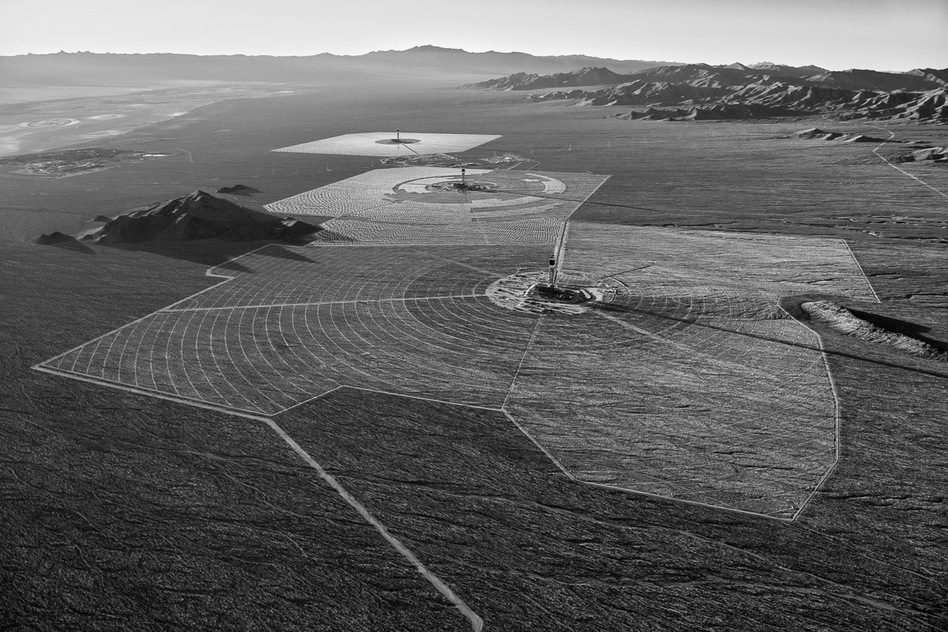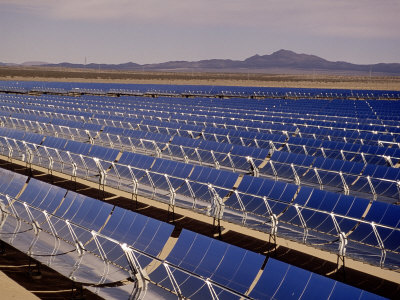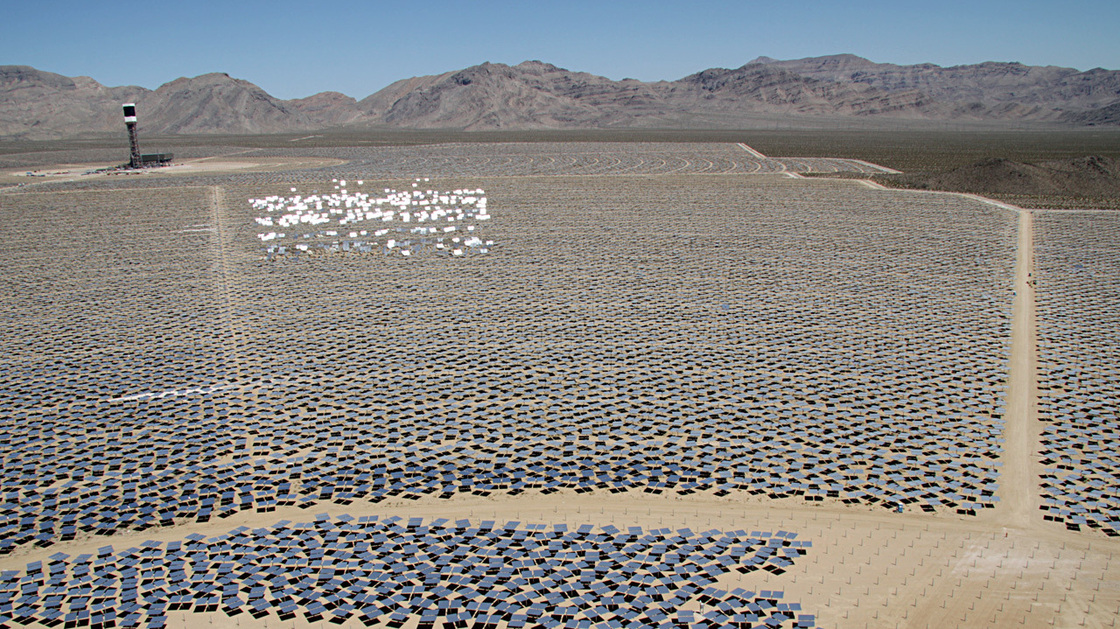Kingfish
100 MW
Under Construction: The World's Largest Thermal Solar Plant

Google Map location of Primm, NV, USA; it's right on the California-Nevada Border off I-15.
There's room to build more... They should build a DC line between LA and LV and share the load. The video on the Ivanpah home page showing construction processes is quite interesting.
ADDENDUM: I just noticed that if you switch the Google map to Satellite and zoom in you'll be able to see the three towers on the California side of the border between Primm and Nipton. Pretty neat! Incidentally, there's a REE open-pit mine at Mountain Pass just southwest.
Advocate for solar, KF

Google Map location of Primm, NV, USA; it's right on the California-Nevada Border off I-15.
...the Ivanpah Solar Electric Generating System (ISEGS) will be the "world's largest concentrated solar thermal power plant" when complete at the end of this year.
...Ivanpah Solar will consist of more than 300,000 mirrors directing the sun's energy toward three towers, "creating 392 megawatts of electricity, enough to power 140,000 U.S. homes."
There's room to build more... They should build a DC line between LA and LV and share the load. The video on the Ivanpah home page showing construction processes is quite interesting.
ADDENDUM: I just noticed that if you switch the Google map to Satellite and zoom in you'll be able to see the three towers on the California side of the border between Primm and Nipton. Pretty neat! Incidentally, there's a REE open-pit mine at Mountain Pass just southwest.
Advocate for solar, KF



